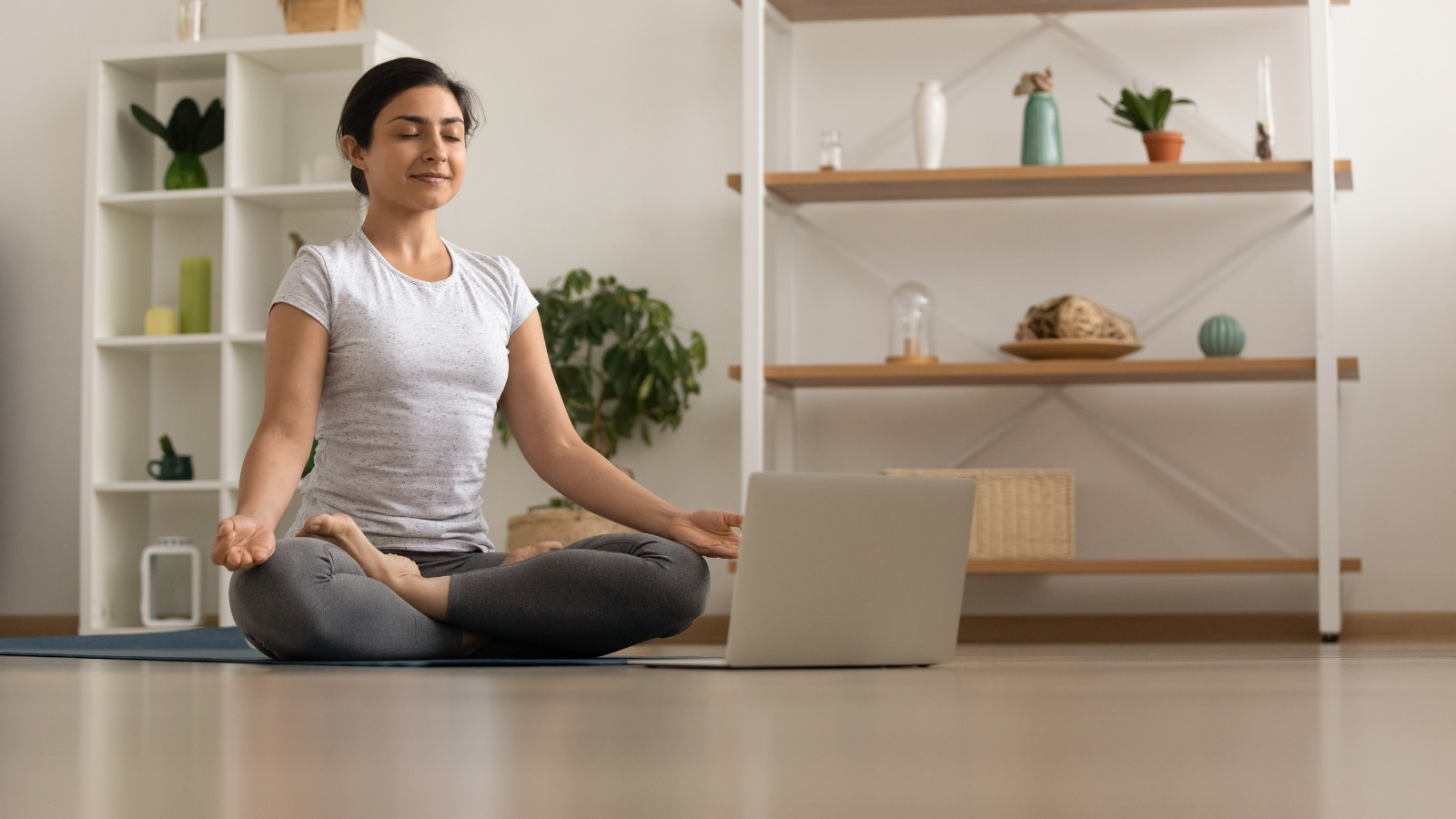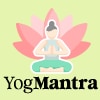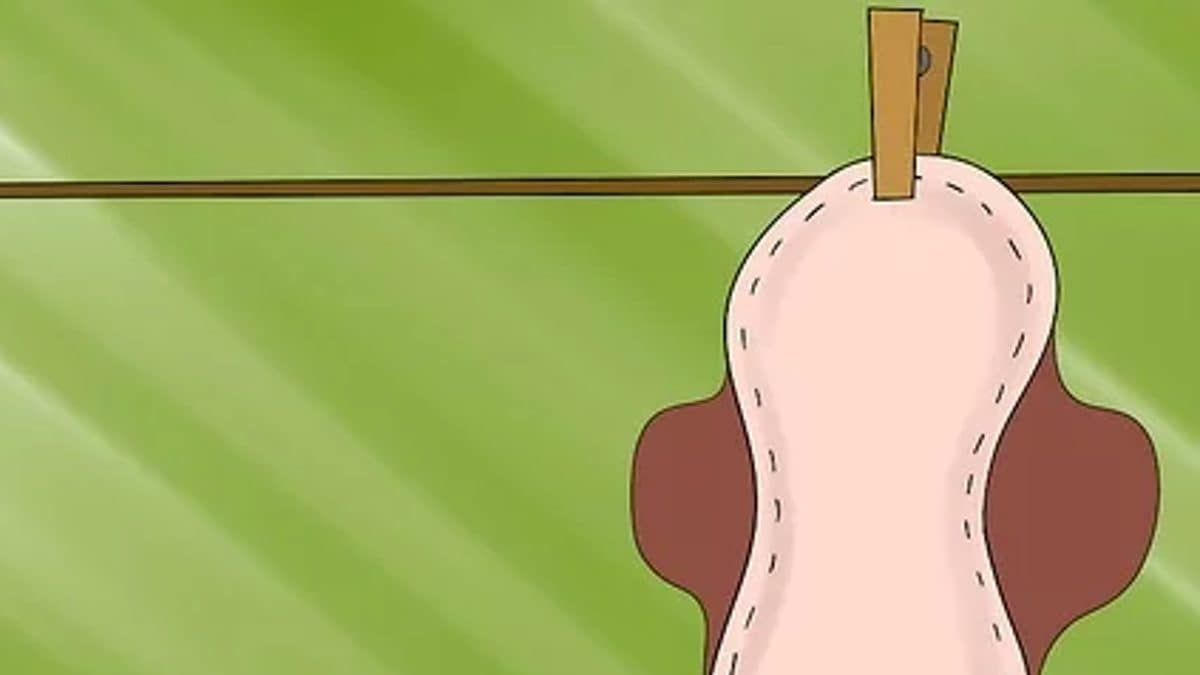Last update:
As the body begins to exhibit early aging signs, consistent yoga practice offers effective intervention to maintain strength, stability and well -being
Maintaining quality of life and reducing the risk of disease requires changes in lifestyle. (Representative image)
Your thirty years are when you begin to rethink your health. It is not as if everything suddenly crumbles at 30, but things begin to feel a bit different: junk food begins to feel heavier in their system, their jeans begin to fit, and the nights begin to affect the body.
You are still young, but 30 is definitely a turning point.
According Harvard Health Publishing – General Aging DescriptionThe revealing signs of aging often begin to be shown in our thirty years: they can be seen in everything from our vital signs such as blood pressure to changes in the skin, bones and joints, and cardiovascular, digestive and nervous systems. Maintaining quality of life and reducing the risk of disease requires changes in lifestyle.
Yoga works because he trains the mind
“Since lifestyle change requires an important change in mentality, yoga works well because it offers many tools for mental management,” says Dr. Nibedita KS, a medical officer of the Yaga Therapy Center Areogyadhama, Svyasa, Bengaluru.
We ask you to recommend a set of yoga practices from which healthy adults of about thirty years could benefit. She shared a yoga routine that includes breathing exercises, warming, Surya Namaskar, Asanas, Pranayama and relaxation.
“The sequence is designed in a way that prepares your body and mind for a focused practice. That is why we start with breathing exercises, so that we have a complete approach,” says Dr. Nibedita.
While performing the sequence, make sure that all practices meet these four important criteria: a) coordinated respiration, b) slow movements, c) complete consciousness yd) relaxation while doing them.
Daily yoga routine for your thirty
Start with an initial sentence
Or simply sit still with your eyes closed in Sukhasana (the easy possession) for three minutes. This allows you to establish an intention and enter 'yoga mode'.
Respiratory practices
Start with hand -stretching and ankle stretch breathing for a minute each. These improve their vital capacity (oxygen saturation).
Add tiger breathing (cats stretch) for another minute, to obtain deeper benefits.
Relax for a while. You can practice the instant relaxation technique if you are familiar with it.
Layout exercises – 5 minutes
Heat your body with these soft movements.
Start with your neck and move down. Move the neck to the left and to the right, up and down, and gain it in a torque and anti -foil, three times each. Double from the waist forward and backward, to the left and to the right, and turn once on each side. Fold and unbrust your knees. Move the ankles and fingers from the feet from side to side.
Surya Namaskar – 5 minutes
This set of poses combines asanas with breathing. Do it three times. Then relax for a few minutes. Use the fast relaxation technique if you know it.
Asana sequence – 20 minutes
These poses help strengthen and stretch the muscles and increase oxygen saturation. Be sure to practice asanas with their attention in the body, coordinate the movement with breathing and observe the effects of each posture. Remember to relax after each asana.
- Standing asanas: Start with Chakrasana Ardha (Half -wheel pose). Continue with Pada Pasasana (Stopped forward). End with TRIKONASANA (Triangle pose) On the left and right sides.
- Sensed Asanas: Start with Ustrasana (Camel pose), once. Then do Vakrasana (Simple spinal turn) on both sides.
- Asanas prone (lying on your belly): Start with Bhujangasana (Pose Cobra). Continue with Shalabhasana (Lobster pose), once each with any leg. Then practice Dhanurasana (Arc pose).
- Supine asanas (lying on your back): Start with Matsyasana (Fish pose). Continue with Naukasana (Boat pose). Then do Markatatasana (Reclining spinal twist).
Finish the session with any conscious relaxation technique for eight minutes. Practice the deep relaxation technique if you are familiar with it.
Pranayama sequence – 15 minutes
Follow the Asana sequence with the next Pranayama routine:
Pranayama helps increase oxygen saturation, control stress and improve sleep quality.
- Nine rounds of ANULOM VILOM (Alternative nose breathing or Nadi Shuddhi)
- Twelve rounds of Ujjayi Pranayama (Victorious breath or ocean encouragement)
- Two minutes of Bhastrika Pranayama (Bellow breath) at 20-30 blows per minute
- Five rounds of Bhramari Pranayama (Bee Breath)
Finish with three minutes of song of OM, keeping the internal approach.
Meditation
Finally, it is recommended to meditate for ten minutes, at least every alternative day.
(Note: The information in this article is generic. Consult your medical care provider if you have health problems and before starting any yoga regime. Always learn yoga from a qualified and experienced teacher).
The author is a journalist, cancer survivor and certified yoga teacher. You can contact [email protected].
- First published:













